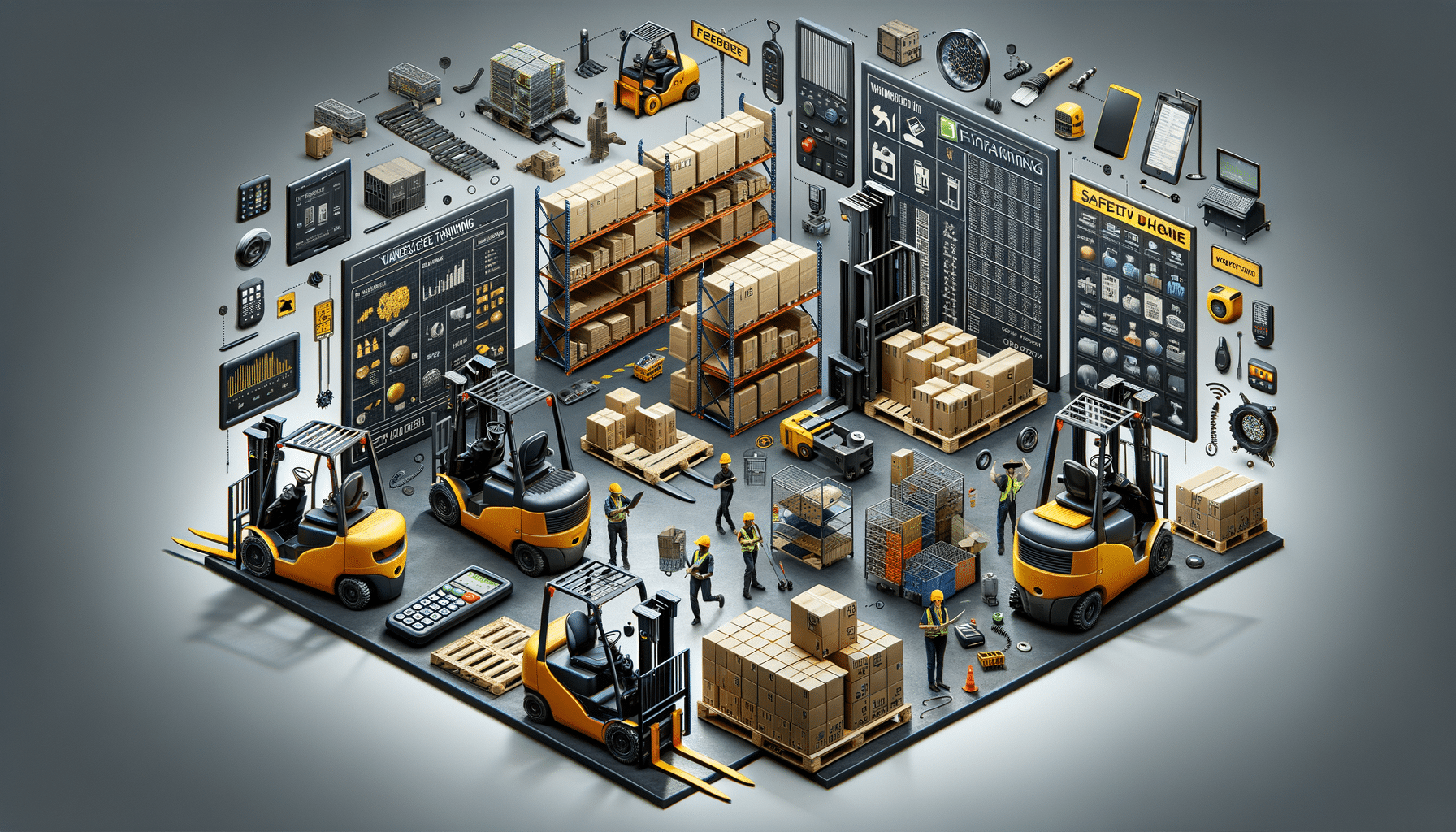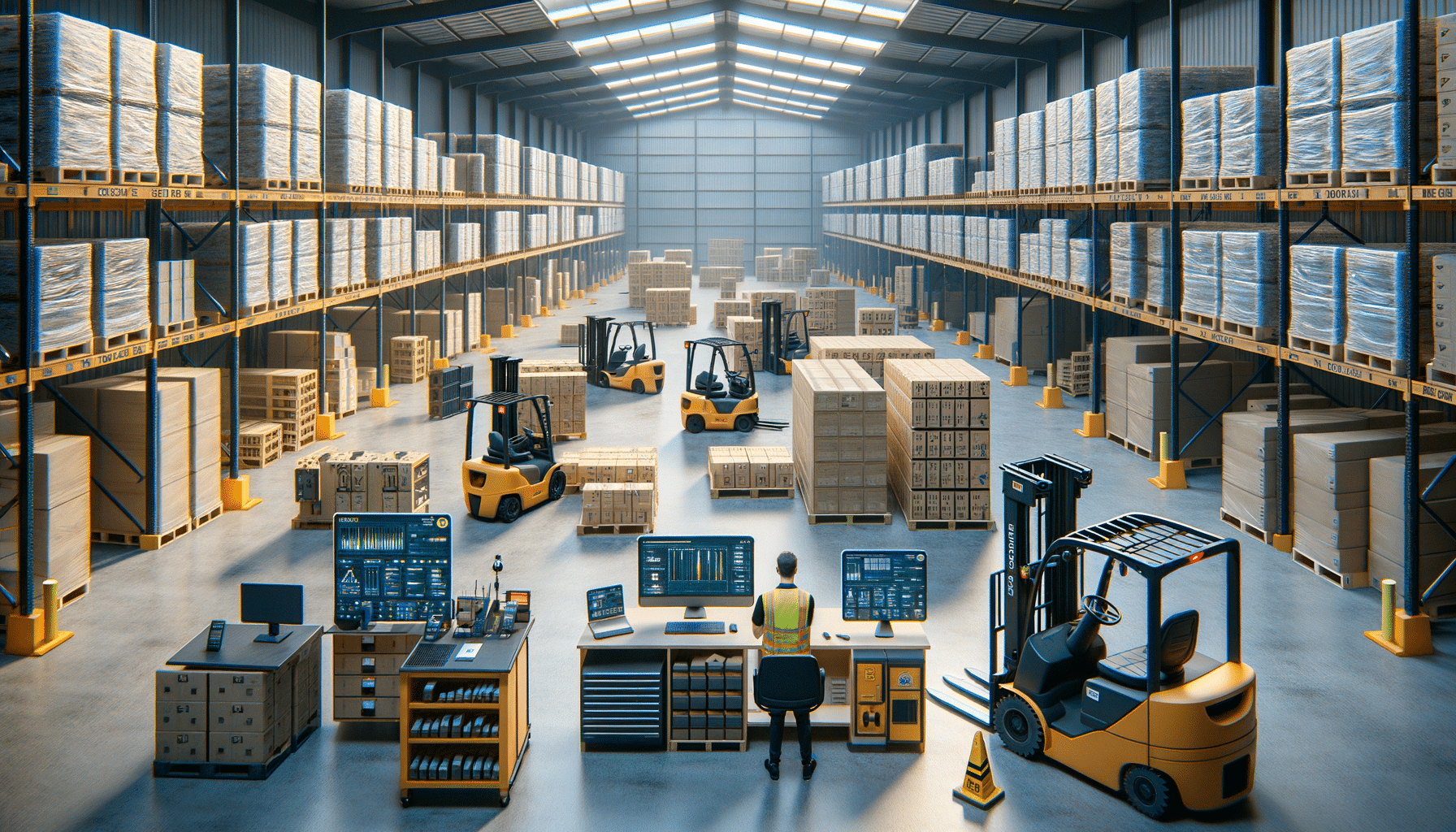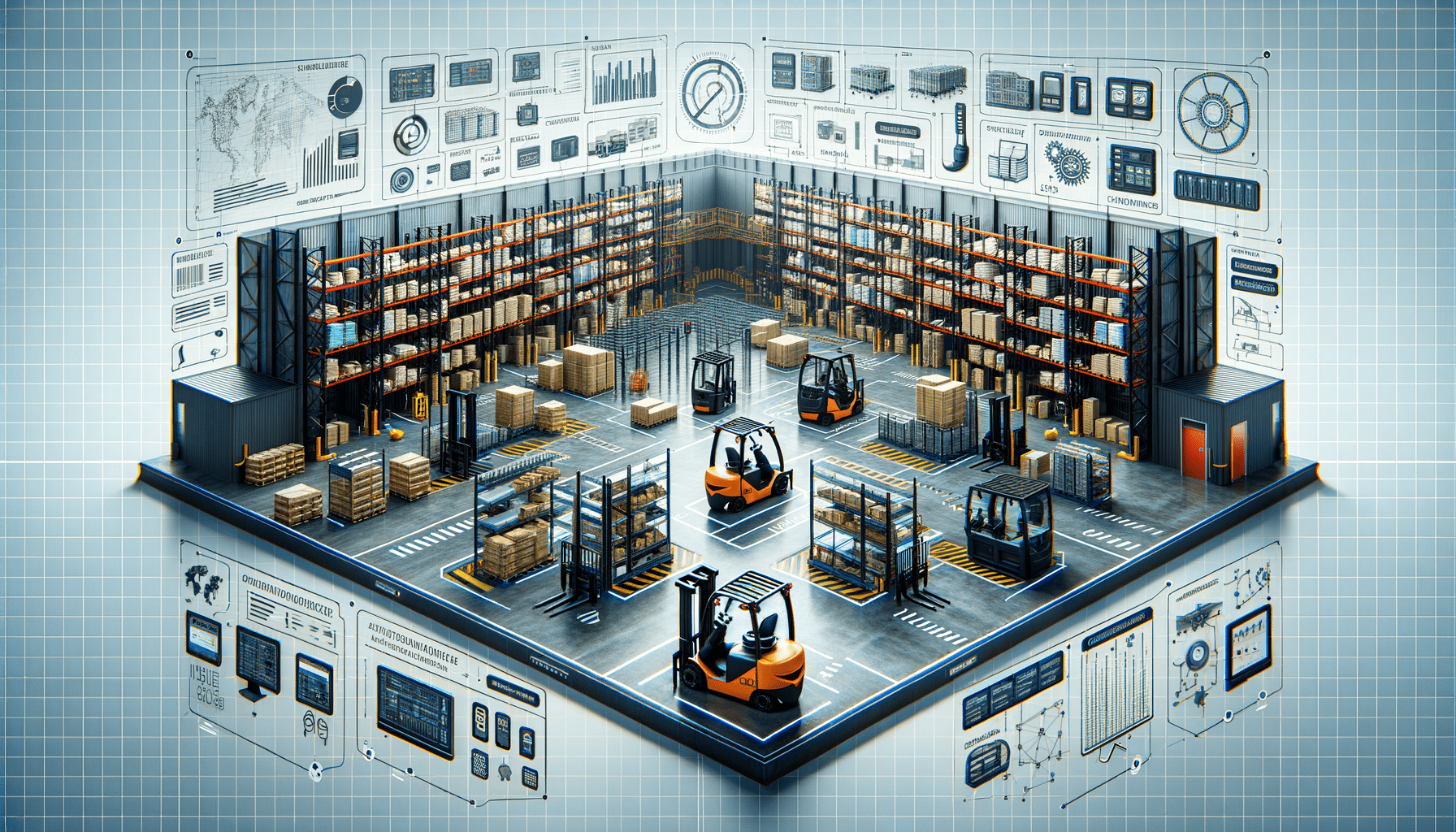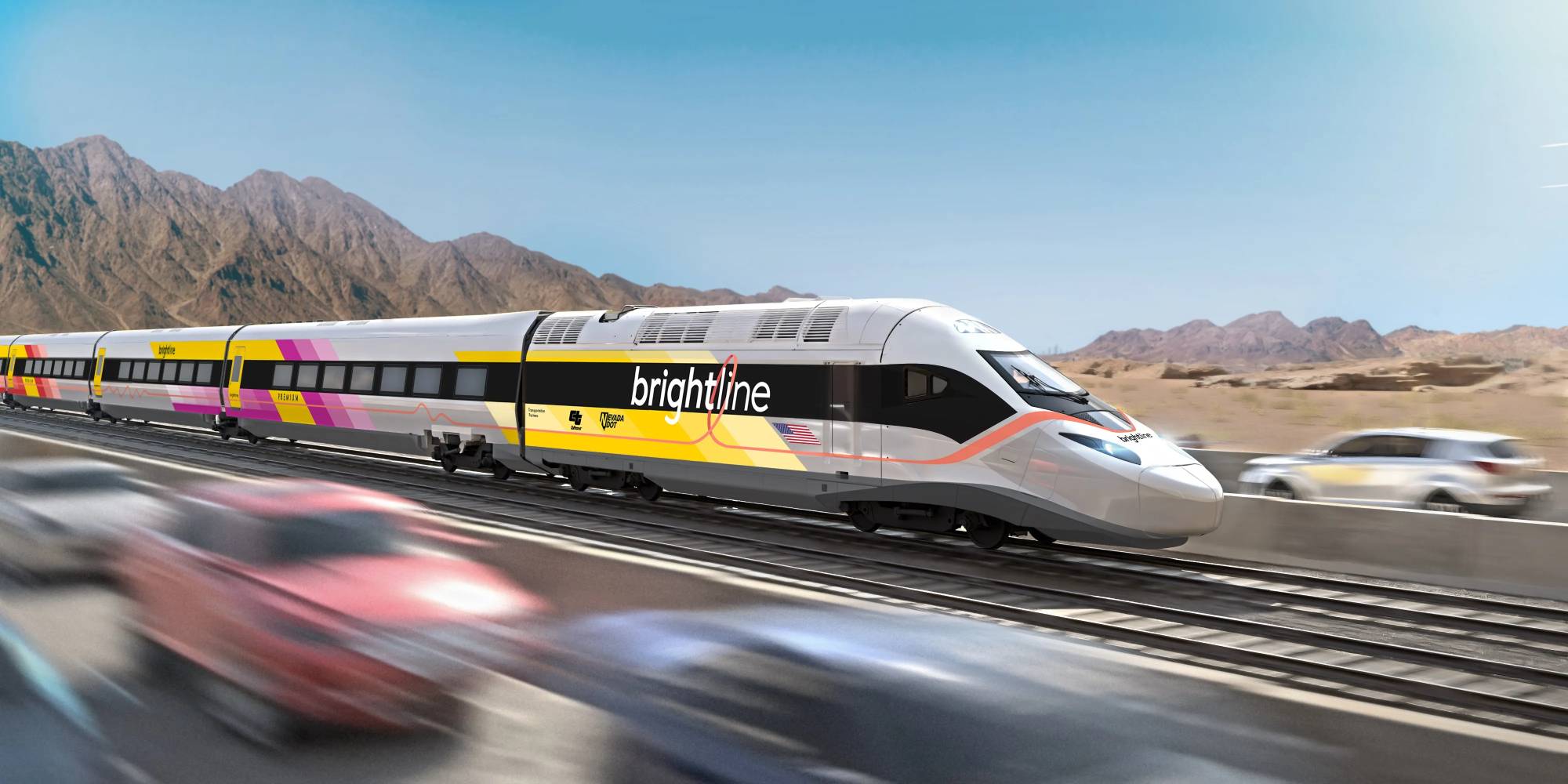
How Hyperloop and High-Speed Rail Could Change Transportation
Today, speed and efficiency are crucial. New transportation technologies, such as Hyperloop and high-speed rail, promise to reshape travel as we know it. Both systems are on top of the new-mode definition of transportation and have influenced the economy, society, and the environment around the world.
In 2013, Elon Musk introduced the Hyperloop. It envisions high-speed travel for people and cargo in low-pressure tubes. (Although concepts of high-speed rail date back to the 1960s, we have never been in a better position to travel faster, due to continuous improvements.) Hyperloop vs bullet trains, are essential to grasp their future impact.
Key Benefits / Why It Matters
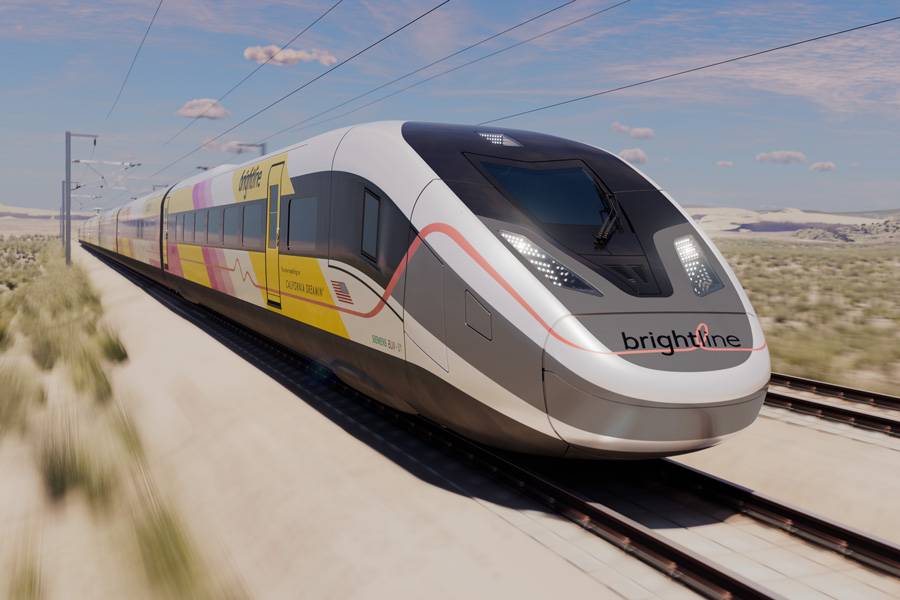
The Relevance of High-Speed Travel
The need for fast, efficient transport is urgent. Urban populations are growing, and mobility demands are high. The future of high-speed travel is about more than speed; it reshapes our lives and work.
- Economic Growth: High-speed transport can boost economies by connecting cities. It cuts travel time and raises productivity, leading to new business hubs and job opportunities, enhancing regional economies.
- Environmental Impact: Climate change drives the need for sustainable transport. Hyperloop and high-speed rail offer greener alternatives to air and road travel. High-speed rail, powered by electricity, is already more sustainable, while Hyperloop aims for near-zero emissions.
- Social Benefits: Better transport access improves quality of life. People can live farther from work without long commutes. This eases housing pressure in cities and promotes development in less accessible areas.
Real-Life Applications
Countries like Japan and France show the benefits of high-speed rail. Systems like the Shinkansen and TGV set standards for speed and efficiency. They’ve transformed domestic travel and become part of national identities.
The Hyperloop, still experimental, could revolutionise travel times. With speeds over 700 mph, it could make long commutes practical and change work and leisure spaces. Projects in the U.S., India, and Europe are exploring its feasibility, showing global interest.
Step-by-Step Guide / Actionable Insights
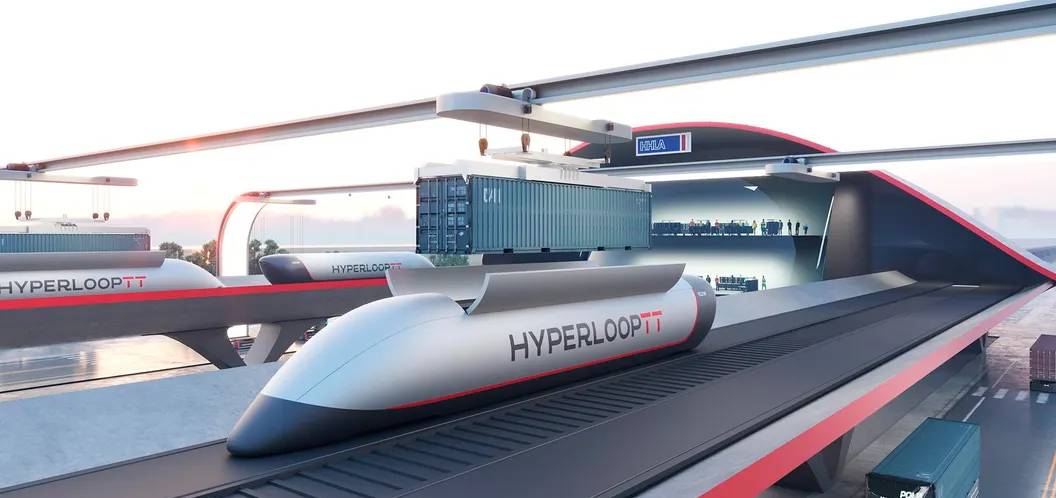
Understanding Hyperloop Technology
The Hyperloop uses cutting-edge technologies. Here’s how it works:
Vacuum Tubes Hyperloop system: They operate in nearly vacuum conditions to reduce air resistance. Sealed tubes remove most air, allowing pods to travel with minimal friction. This helps reach high speeds while using little energy.
Magnetic Levitation: Like some high-speed trains, Hyperloop pods float above the tracks using magnetic levitation (maglev). This eliminates friction, allowing smooth, fast travel. Maglev technology is quieter and more energy efficient than traditional trains.
Linear Induction Motors: These motors drive pods through the tubes. They use magnetic fields for thrust, allowing quick acceleration and deceleration. This technology minimises mechanical wear, reducing long-term maintenance costs.
High-Speed Rail: Evolution and Technology
High-speed rail has evolved greatly since its start. Here’s how modern bullet trains work:
Aerodynamic Design Modern bullet trains have streamlined shapes that reduce air resistance. This efficiency cuts drag, lowering energy use while maximising speed.
Advanced Track Systems High-speed rail needs specialised tracks that support train speeds and weight. These tracks are smooth and straight, minimising wear and allowing fast travel with little vibration.
Electrification Most high-speed trains run on electricity, making them greener than diesel alternatives. Electric power is also consistent and reliable, enabling better acceleration and speed control.
Additional Expert Tips & Common Mistakes to Avoid
Best Practices
- Integration with Existing Infrastructure: To succeed, Hyperloop and high-speed rail must fit seamlessly with current transport systems. This requires careful planning and investment in stations, connections, and maintenance facilities.
- Regulatory Compliance and Safety: Safety is crucial in high-speed travel. Adhering to international safety standards builds public trust. Governments and companies need to establish clear guidelines and testing protocols.
Common Mistakes
- Underestimating Costs: Both technologies need significant investment. Realistic cost assessments and funding strategies are essential to avoid financial issues. High-speed rail projects have faced budget overruns, and Hyperloop needs thorough feasibility studies.
- Neglecting Public Perception: Public acceptance is vital for new technologies. Effective communication can address concerns and build support. Involving communities in decision-making helps ease resistance and speeds up adoption.
Advanced Insights / Expert Recommendations
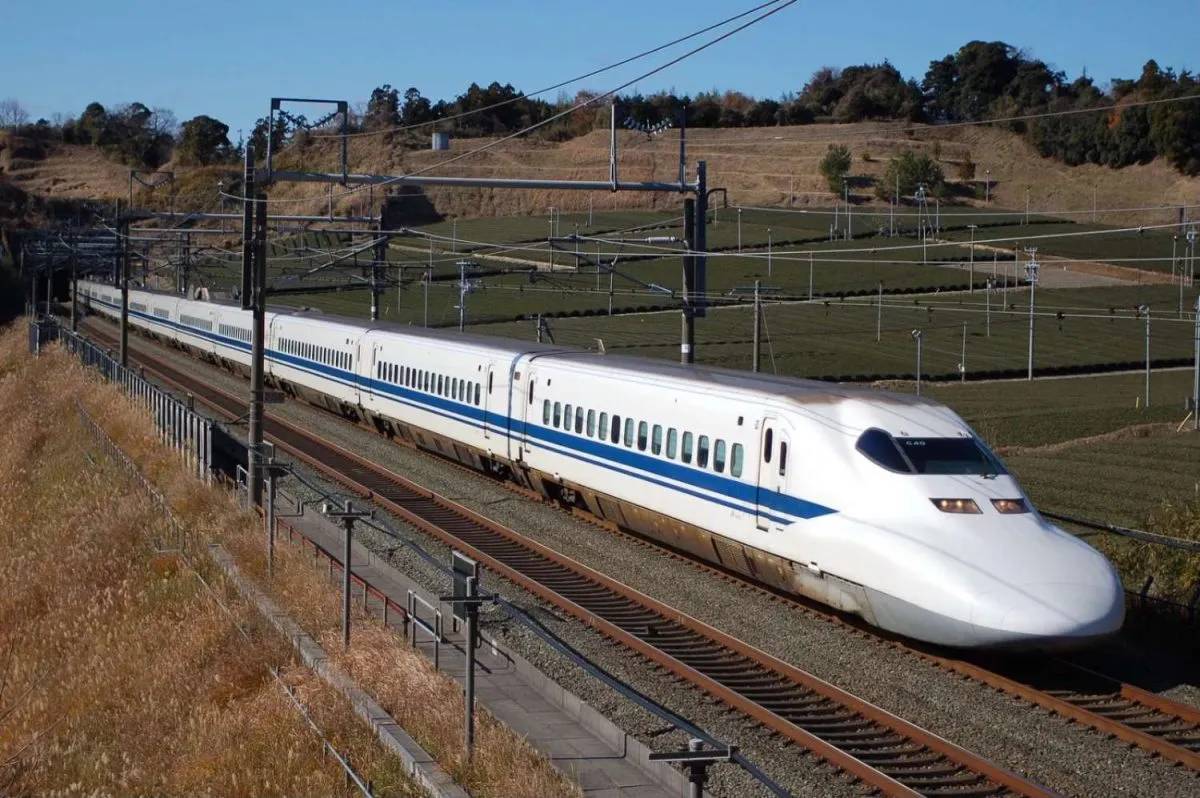
Industry Perspectives on Next-Gen Transport Tech
The debate over Hyperloop vs bullet trains continues, with experts discussing each’s feasibility. High-speed rail has proven success while Hyperloop offers cutting-edge speed.
Hyperloop’s Potential If realised, Hyperloop could significantly cut travel times between major cities, competing with short-haul flights. Challenges like land acquisition, regulations, and tech refinement remain.
The Continuing Evolution of High-Speed Rail High-speed rail is advancing, with innovations like hydrogen-powered and autonomous trains. These developments could boost the efficiency and sustainability of rail travel, reinforcing its future role.
Better- Connected Future of Travel
Innovations in transport technology including Hyperloop and high-speed rail could create a faster, greener, better-connected future of travel. These technologies will shake up how we travel, live and work as they evolve.
Policymakers, investors, and the general public should embrace these innovations while creating solutions to challenges. By doing so, we can realise the full potential of high-speed travel and pave the way for a more efficient and sustainable future.
As we stand at the precipice of this transportation revolution, we must ask: What can we do with these technologies to create a faster, better-connected, and more sustainable world?
